What Is Mohs Surgery?
If you are spending a lot of your time at work or leisure under the sun, your skin is at risk of overexposure to the sun’s ultraviolet rays. Your skin is liable to show the effects of this exposure over time. Those who are spending too much time on tanning beds face the same risks.
The unwanted result can be a variety of different skin cancers. Thankfully there are many treatments for this ailment that can alleviate skin problems and eliminate the risk of skin cancer. One of these treatments is Mohs surgery. Some say that it is the best of all treatments based on several reasons.
What Is This Surgery?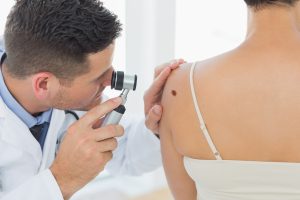
Mohs is a surgical procedure that can be used to remove skin cancer. There are two types of skin cancers that some believe could be best treated by this micrographic surgery. They are squamous cell carcinomas or SCC and basal cell carcinoma or BCCs. These two types are the most common of all skin cancers.
It started as chemosurgery procedure developed in the late 1930s by Dr. Frederic E. Mohs. This particular skin cancer surgery came to be regarded as the most effective treatment for SCCs and BCCs. It is the type of surgical procedure that is commonly recommended for the treatment of cancers that develop on the face, eyes, nose, ears, hands, feet, lips and genitals.
Dr. Perry Robins, a dermatologist, was the first to study the technique used in this surgical procedure. Through the efforts of Dr. Robins, the current micrographic surgery was developed and perfected.
Why Would Someone Need This Surgery?
If you or a person you know is suspected of having some skin cancer-related problems on the face or any part of the body, you are advised to consult a dermatologist or a dermatologist to have the problem area checked or removed. You may need this surgery if:
- Cancer can disfigure or deform the body part where it developed
- The cancer is growing at a fast rate
- The cancer is very large
- The edges of the cancer are not well-defined
- The cancers developed in a scar tissue
- The skin cancer is a recurrence after a previous treatment and may reoccur
How This Surgery Works
The dermatologist will perform the surgery under local anesthesia. His purpose is to remove the thin layers of diseased skin tissues and examine each of the layers under a microscope. They will need to determine if the skin cells are malignant.
If the cells are malignant, surgery will continue. The surgical procedure will be undertaken until the doctor sees that these cancerous cells are totally removed. The whole procedure may take a while because the surgeon must be sure that they have eradicated all the cancerous cells.
While the procedure may be lengthy, it will prevent incisions or cutting off large sections of the skin. Large incisions lead to unavoidable scarring which prolongs the healing period. With Mohs surgery, skin scarring is very limited and healing time is reduced.
What To Expect When Undergoing This Surgery
Here are some of the things that you can expect if you elect to undergo this surgery.
- It is important to list all the medications that you have used prior to the operation. This will include all the vitamin or herbal supplements that you are taking. You should disclose any and all medications to your doctor.
- Typically, the procedure will take about three to five hours to complete. However, there are instances where actual situations can cause the procedure to go as long as an entire day. There are skin cancer types that take a longer time to treat because their roots have already burrowed too deep on the skin. Regardless, your doctor will not stop the procedure until all the cancer cells are removed.
- The surgical procedure will be relatively painless because you will be injected by a local anesthesia. It will numb that particular area of your skin where cancer has developed.
- When the anesthesia has taken effect, the doctor will start the procedure by removing a thin layer of the cancerous skin. Your dermatologist will use a cautery device to stop the bleeding. The doctor will then dress and bandage the wound. You will have to wait for the results of the skin examination to find out if cancerous cells are present.
- If your doctor finds problematic cells, he will repeat the process in other parts of your skin where cancerous cells could be. One incision on average takes an hour. On the average, the doctor will have to make about three incisions.
- The doctor may stitch the wound or ask a reconstructive surgeon to close the wound. If the incision is small, the doctor may just dress the wound and allow it to heal by itself.
How Long Is The Recovery Process?
The recovery process varies between cases for this surgery. Some factors that come into play are the complexity of the procedure and the health of the patient. Overall it can range from a couple days to a couple weeks for a full recovery.
What Will Be The Outcome?
The desired outcome is no more skin cancer. What about the scar? There will be a scar when you undergo this surgery. Therefore you need to consult with a reconstructive surgeon for options on how to minimize scarring.
What Is The Cure Rate?
This surgical procedure has high cure rates. The American Society for Mohs Surgery claims that for new cancer, there are about 99 percent cure rates and for recurrent cancer, around 95 percent.
If you struggle with skin cancer and believe you are a good candidate for Mohs surgery, contact the experts at Universal Dermatology & Vein Care. We can point you in the right direction and find the treatment plan that is right for you. n
Lear MoreProtect Against Skin Damage with These 4 Skin Care Summer Habits

1. Eat Well and Exercise
As amazing and effective as topical treatments and procedures can be, regular exercise and eating well is still the first step to great skin care and good general health. As a rule, drink lots of water and stay away from sugary snacks, processed carbohydrates, and too much salt. Eat lots of fresh fruits and vegetables (especially hydrating, waterlogged ones), lean meats, fiber-rich grains and more. Also do at least 30 to 45 minutes of moderate exercise daily.
2. Wear Sunscreen
Sunscreen is perhaps the most important tool in your healthy summer skin bag of tricks. Sunscreen must be worn at all times when going outdoors. While no sunscreen can block all of the sun’s UV rays, be sure to use a sunscreen of SPF (sun protection factor) of at least 30, as these have been shown to effectively block up to 97% of the sun’s rays.
3. Use protective gear
Since the sun’s UV rays are very damaging to the skin, reducing direct contact between UV rays and the skin is the name of the game. In addition to applying sunscreen, using umbrellas, wearing sun visors or caps, and sitting in the shade when outdoors can all go a long way to protecting against UV rays related skin damage.
4. Develop a skin care routine
During the summer, it is important to keep up with your skincare routine. Be sure to gently wash and cleanse the skin regularly, as well as moisturize. Use the products that work well with your skin type.
For further information about how to protect yourself from summer’s strong UV rays, contact Universal Dermatology today.
Lear MoreThe Importance of Skin Protection and a Skin Care Routine For Healthy Skin
 The skin is the body’s largest organ and our first point of contact with the world around us. Often times, it is also the first place that our health care and self-care practices (or lack there of) can be seen. It is true that there are positive general care practices that can help us naturally maintain healthy skin. These include:
The skin is the body’s largest organ and our first point of contact with the world around us. Often times, it is also the first place that our health care and self-care practices (or lack there of) can be seen. It is true that there are positive general care practices that can help us naturally maintain healthy skin. These include:- working out
- drinking lots of water
- reducing the intake of processed foods and sugars
- consuming more fruits, vegetables, lean meats and whole grains getting adequate sleep
- managing stress
- Wearing sunscreen: Overexposure to UV rays is one of the most common causes of skin cancer and skin damage. As we are taught at an early age, sunscreen is a very important part of combating the sun’s rays. As long as the sun is out, your sunscreen should be out. An over-the-counter sunscreen of SPF 15 or more is a great place to start. And remember, keep applying!
- Donning protective gear: In addition to wearing sunscreen, protective gear like umbrellas or clothes with sleeves, can help to form a buffer between the sun’s rays and direct contact with the skin.
Sun Protection and Sunburn Prevention

Sunburn prevention and sun protection precautions to help us stay protected from overexposure and sunburns.
Of course, the obvious way to avoid sunburn and the other damaging effects of the sun on the skin is to avoid being in the sun. However, this is not always a realistic option (especially during the summer), so the next best thing is to take preventative measures designed to help reduce the harmful effects of the sun. Here are a few tips to help you prevent sunburn during your outdoor activities:
Wear sunscreen. As you probably know, wearing sunscreen is one of the best ways to avoid sunburn. Sunscreens are designed to be topically applied to the skin to block out the harmful rays of the sun. The best sunscreens are those with an SPF of 15 or greater (the greater, the better). When using sunscreen, pay attention to the following, as they will all affect how effectively the sunscreen will work:
– the amount of sunscreen applied to the skin (SPF of 15 or more)
– how often it is applied (or reapplied)
– the time of day it is being applied is
Sunscreen should be generously applied, and reapplied when necessary, especially during the times of the day when the sun is at its peak (like noon for example). It is generally recommended that sunscreen is reapplied about every two hours or so for maximum effect. Still, as different sunscreen brands come complete with their own set of directions for use, be sure to pay attention to the same.
Use umbrellas. Rain or shine, use your umbrella this summer! Umbrellas are effective tools for sun protection and sunburn prevention. Using an umbrella outdoors can help to block the sun’s rays from coming into direct contact with the skin. This tip can be used along with using sunscreen, particularly during the hottest times of the day. Grab a cold drink and enjoy a beach day in the shade under your umbrella!
Re-organize your schedule when possible. In addition to the above tips, try to limit your time in the sun during the middle of the day, when the sun is the hottest. Plan your run for the early morning or your pool party in the late afternoon when the sun is less harmful.
Protective clothing. Wearing sun-protective clothing or hats is a simple and effective strategy for reducing sunburn and sun poisoning. Sun protective clothing like wide brim hats is a great option for protecting your face from the sun. Retailers that specialize in sun-protective items, such as https://www.sundayafternoons.com, are a great place to start on the search for your warm-weather accessories. #dontforgetyourhat
Lear More4 Skin Care Tips To Help Protect You From Skin Cancer During Spring

1. Use sunscreen with recommended SPF balance
The sun’s rays are harmful. The less of them that your skin is directly exposed to, the healthier your skin will be. Protecting your skin from the harmful sunrays is something you should be doing all year round. Sunscreen is one of the things you can do to protect your skin during the spring. Make sure that you use a sunscreen with an SPF of 20 or more on a daily basis to stay protected.
2. Avoid being in the sun between 10AM and 4PM
In addition to wearing sunscreen, avoid being in the sun whenever possible, and especially at times when it is most harmful. The sun is at its hottest and most harmful during the hours between 10AM and 4PM. If you must be in the sun during these hours, enhance your skin protection by moisturizing properly and using a sunscreen with an appropriate SPF.
3. Continue to moisturize for skin protection
While moisturizing heavily may be associated with the winter months, your skin needs to be continuously moisturized to stay healthy. Try using a lighter, oil-free moisturizer as you transition from winter to spring. This will help keep your skin from drying out and keep it looking and feeling great during springtime.
4. Drink water
Drinking water is one of the things you can do for your body that helps keep it healthy both inside and out. Ensuring that your water intake is sufficient will help you maintain hydrated and glowing skin as well as keep your body functioning well. Getting in the recommended daily amount is a good place to start.
Lear More
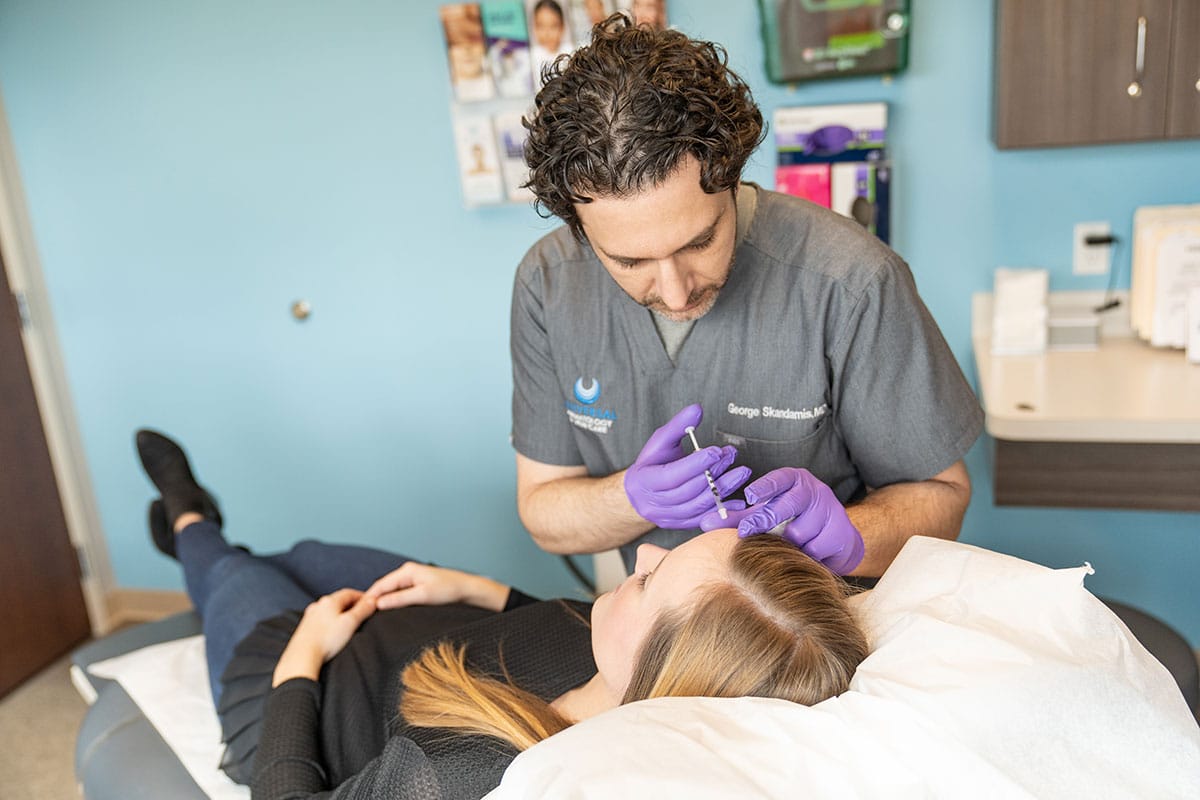 Our Dermatologists
Our Dermatologists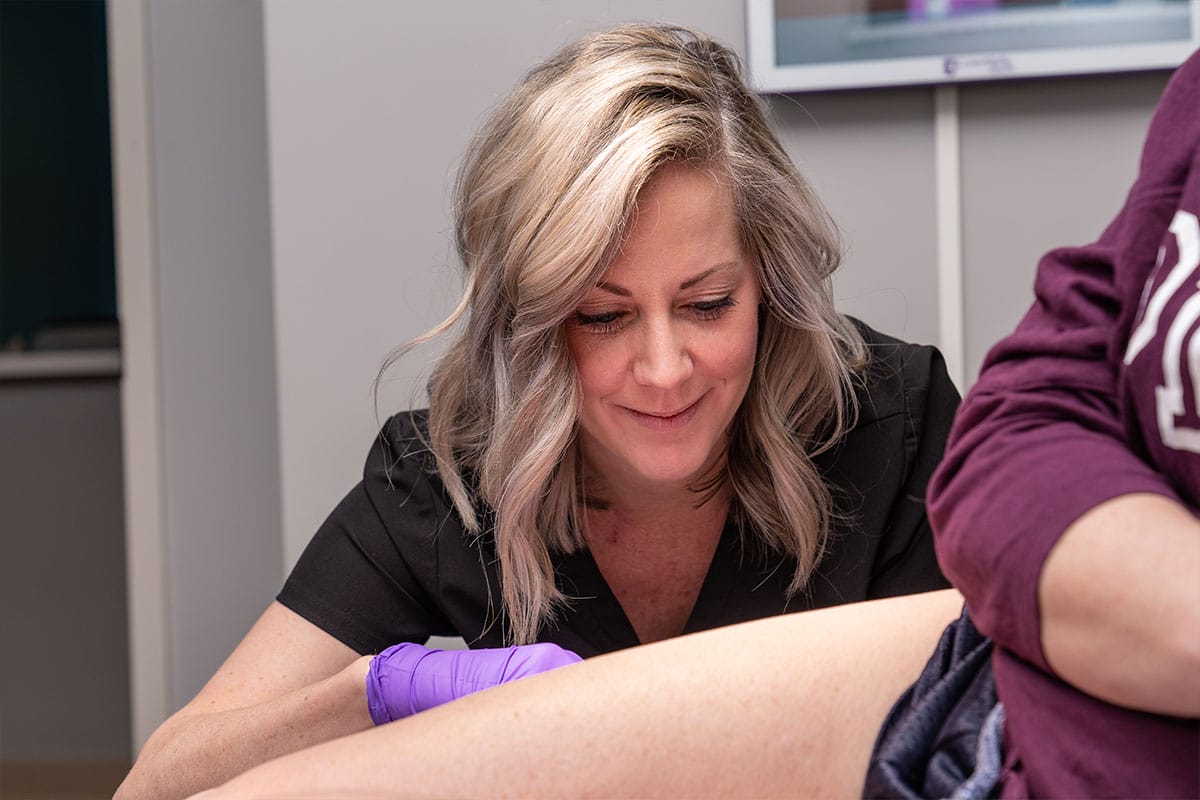 Our Providers
Our Providers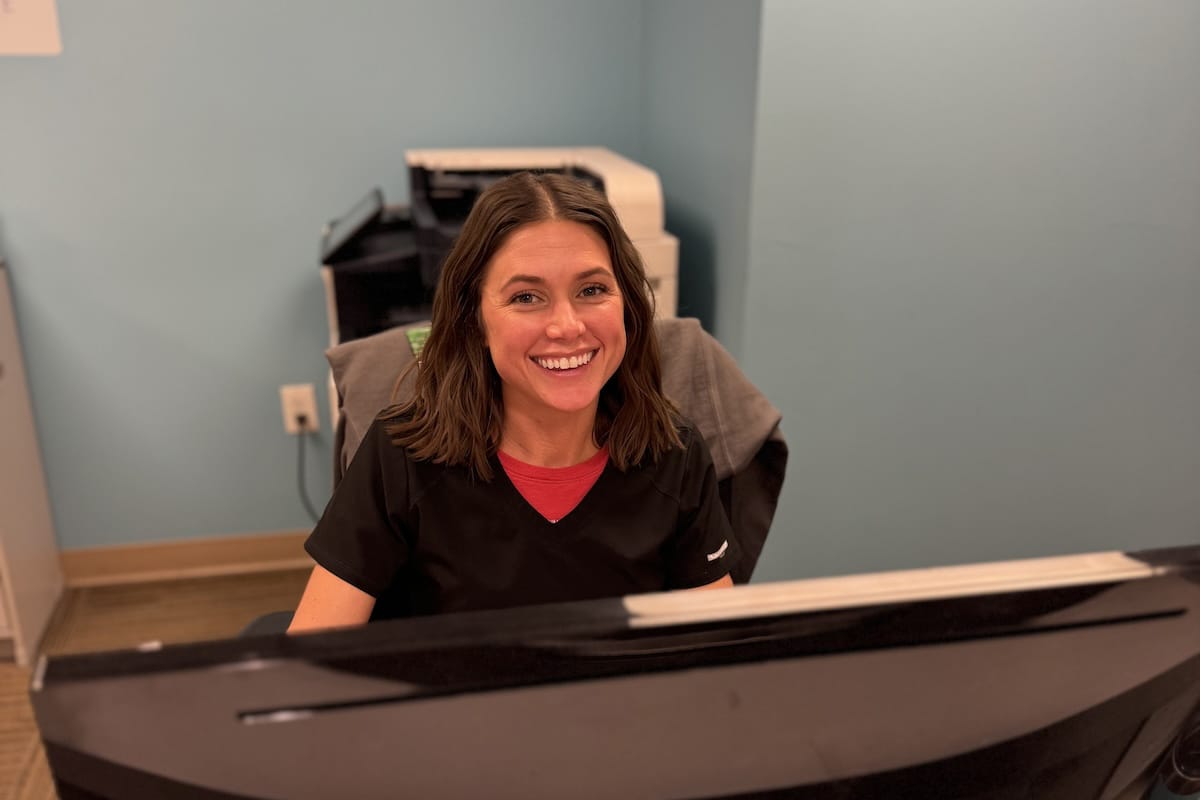 Our Staff
Our Staff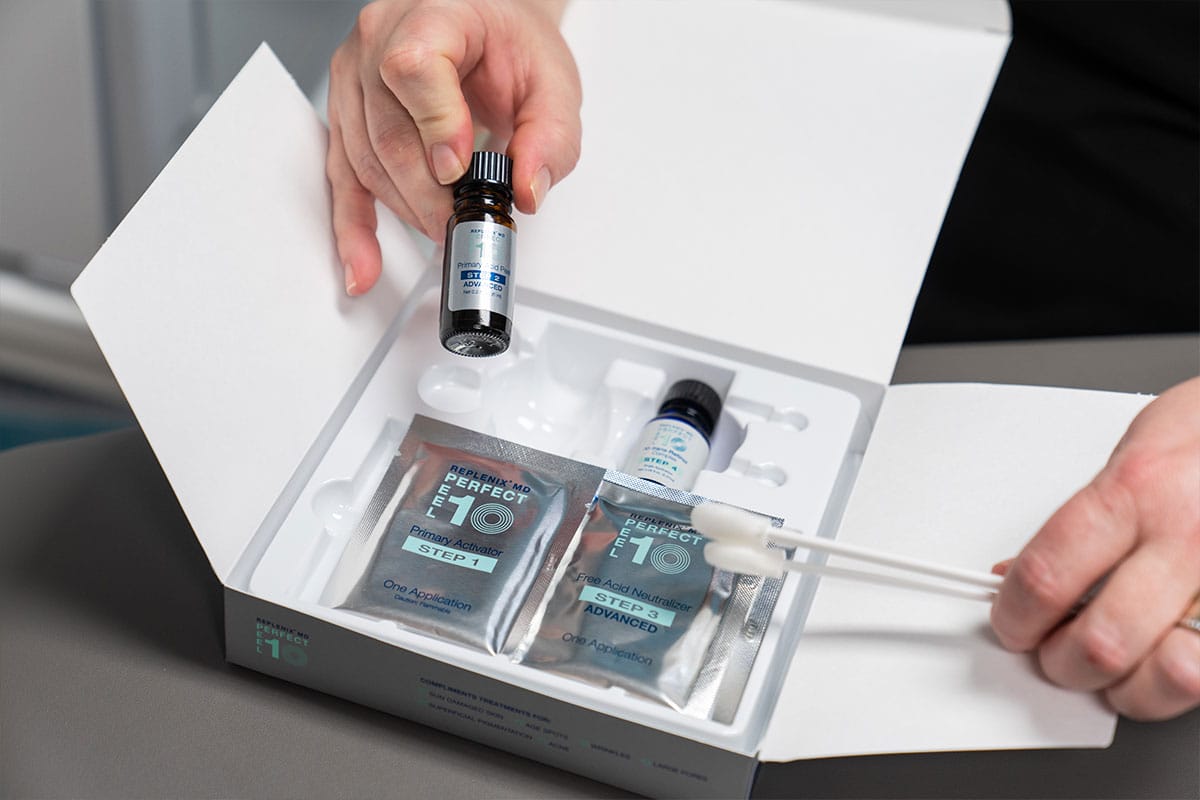 Specials
Specials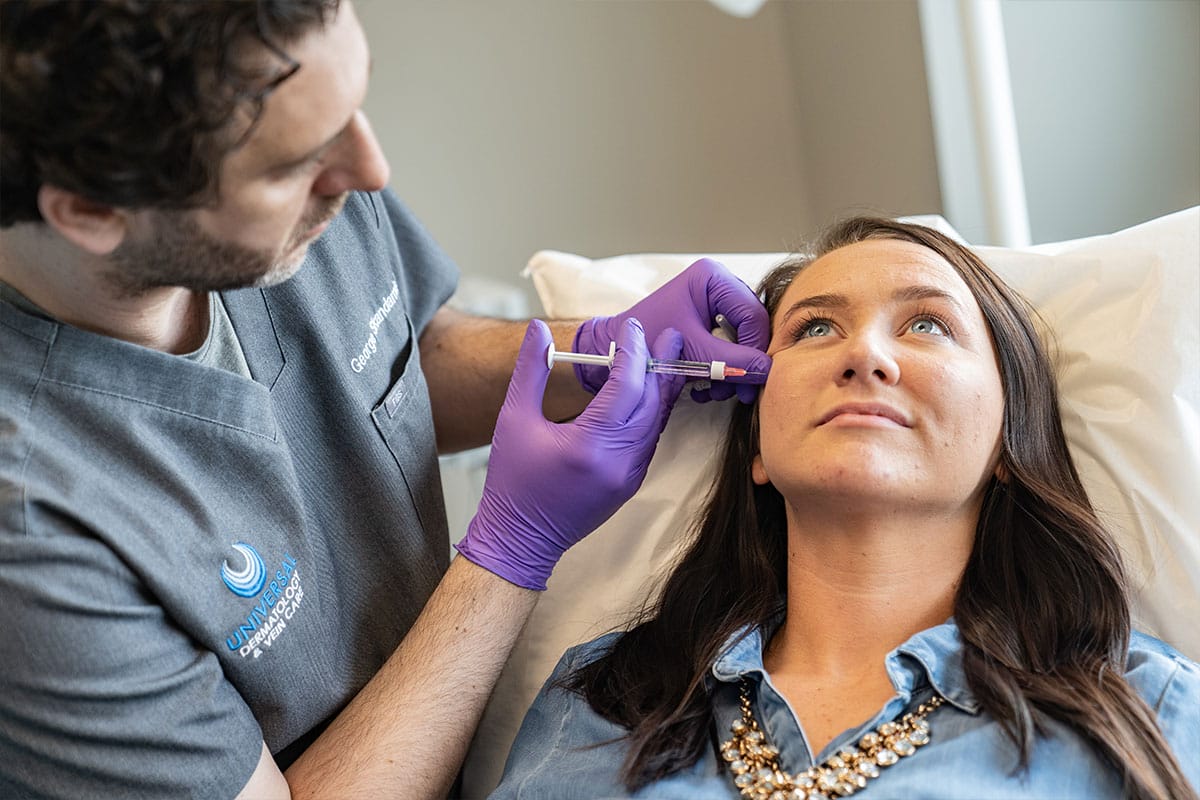 Financing
Financing Pay Bill Online
Pay Bill Online